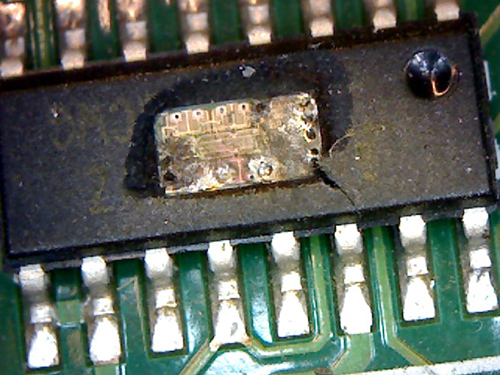3 MIN. READ
Printed circuit boards (PCBs) are the heart of all electronic devices. PCBs are easy to manufacture in mass quantities and can pack a lot of electronic functionality into a compact space. Their space efficiency is achieved by their three-dimensional structure of multiple layers of conductive traces that connect electronic components and insulating material.
When PCBs malfunction, you are faced with the choice of PCB repair, replacing the PCB or disposing of the entire electronic device. For some low-cost electronic devices, the best option is to replace the device. However, for expensive or custom-built devices, this may not be an option and you may be limited to PCB repair or replacement.
Replacing PCBs
The main benefit of replacing a PCB, particularly if it is an OEM part, is that it will restore the function of your electronic device to its original specifications. For safety equipment, medical devices and avionics, replacing PCBs may be the only way to meet industry standards.
On the other hand, replacing a PCB can be costly and can result in extended downtime if the PCB is not immediately available.
PCB Repair

The main benefit of repairing a PCB is that repair can often be accomplished faster than replacement, depending on the level of damage. Moreover, repair is often less expensive.
On the other hand, damage caused by overheating, referred to as a “thermal cycle,” can delaminate boards, weaken solder joints and damage components. Even after repair, thermal cycles substantially shorten the life of a PCB.
How to make a decision
When deciding whether to repair or replace PCBs, consider these factors:
- Replacement cost of the electronic device.
- Purpose of the electronic device.
- Cost of a new PCB.
- Length of downtime while replacing the PCB.
- Length of downtime while repairing the PCB.
- Extent of the repair work needed to restore the PCB.
The first five factors will vary from device to device. The sixth factor, however, is an objective engineering assessment that can be measured through inspection and testing.
Inspection and testing
These are the three main considerations during the inspection and testing process:

Level of damage.
A visual inspection can help determine the level of damage. For example, a board that has been exposed to a power surge or intense heat may delaminate. Moreover, traces may melt and components may be destroyed. On the other hand, the level of damage may be limited to a few broken solders due to physical damage or localized electrical or thermal damage. Local electrical or thermal damage may destroy electrical components while leaving the PCB and other components substantially untouched.
Level of rework needed
Delamination, melted traces and widespread component damage may require extensive repair beyond the ability of most electrical engineers to complete in a timely and cost-effective manner. Conversely, resoldering a component or resetting a PCB pad are simple repairs that can bring the PCB back to specification, except in the case of safety, aeronautical or medical devices.
Number of thermal cycles
As discussed above, a thermal cycle can reduce the life span of a PCB. While it may be possible to repair a PCB that has experienced a thermal cycle, it may not be worthwhile because the PCB may not last long.
Repairing or replacing a PCB is a decision that is based on the priority of factors such as the cost and time needed to repair or replace, as well as the extent of the damage. Objectively measuring these factors can help you make the right choice.
To learn more about PCB inspection and testing, contact us.


One response to “To Repair or Not to Repair Your PCBs? That Is the Question”
It’s good to know that we’d consider the replacement cost of our electronic device before choosing to repair or replace it. Recently, one of my friends said she’s been trying to get funds to repair malfunctioning medical equipment. I think she mentioned something about replacing the machine’s electronic components, so I’ll share your information with her now.